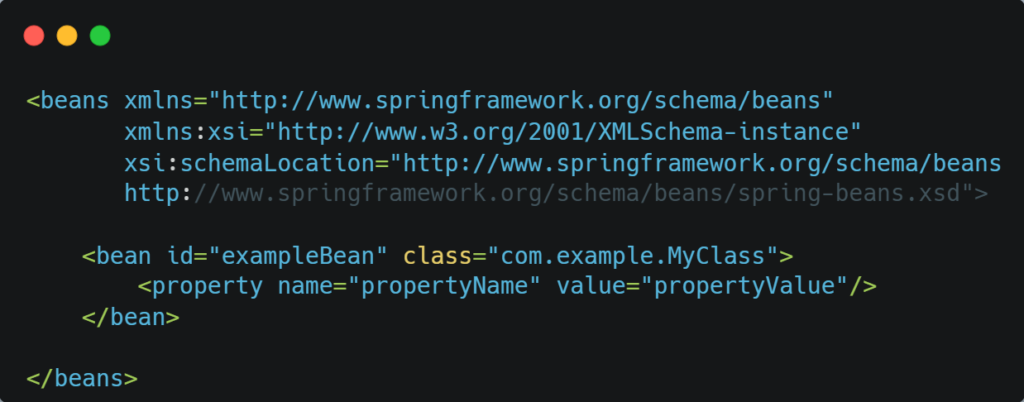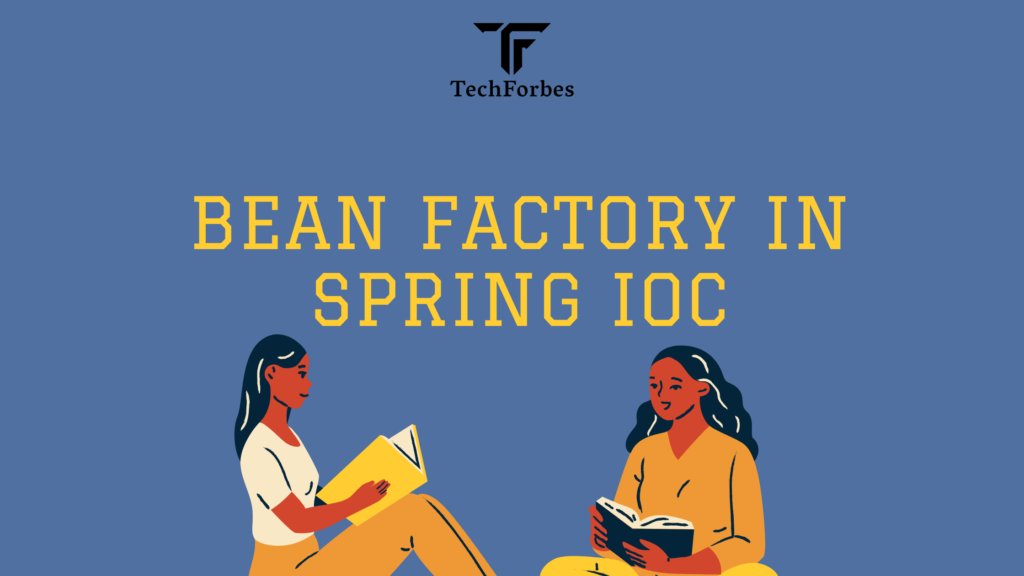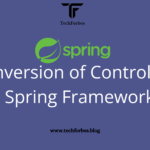Spring Framework is a powerful and versatile tool for developing Java applications, and at the heart of its core lies the Inversion of Control (IoC) principle. The Bean Factory is a critical component of Spring IoC that facilitates dependency injection and lifecycle management. In this article, we will explore the Bean Factory in detail, focusing on its features, functionality, and importance within the Spring IoC container.
What is a Bean Factory?
The Bean Factory is the foundational IoC container in the Spring Framework. It is responsible for managing the lifecycle of beans, which includes their instantiation, configuration, and eventual destruction. The Bean Factory uses dependency injection to supply the dependencies that a bean requires.
Spring’s org.springframework.beans.factory.BeanFactory interface defines the Bean Factory. It is lightweight and suitable for applications with limited memory or requirements for on-demand bean initialization.
How Does the Bean Factory Work?
The Bean Factory operates on the following principles:
1. Configuration Metadata
The Bean Factory requires configuration metadata to define the beans and their dependencies. This metadata is typically provided in the form of:
- XML Configuration Files: Traditional and widely used.
- Java Annotations: Modern and concise.
- Java-based Configuration: Utilizing Java classes to configure beans programmatically.
2. Lazy Initialization
By default, the Bean Factory initializes beans lazily. This means that a bean is only created and initialized when it is requested for the first time. This approach conserves resources, especially in applications with numerous beans.
3. Dependency Injection
The Bean Factory supports constructor-based and setter-based dependency injection to supply required dependencies. This feature decouples application components, enhancing maintainability and testability.
Types of IoC Containers in Spring
Spring Framework provides two primary IoC containers:
- Bean Factory
- ApplicationContext
While both serve similar purposes, the ApplicationContext offers additional features, such as event propagation, declarative mechanisms, and internationalization support. However, the Bean Factory is sufficient for simpler use cases and applications with resource constraints.
Advantages of Bean Factory
1. Lightweight Container
The Bean Factory is designed for lightweight use cases, making it ideal for resource-constrained environments or applications that do not require the advanced features of ApplicationContext.
2. On-Demand Bean Initialization
With its lazy initialization mechanism, the Bean Factory ensures that beans are created only when needed, reducing memory consumption and startup time.
3. Simplified Dependency Injection
The Bean Factory excels at managing dependencies through its robust support for dependency injection, ensuring that objects are loosely coupled and easy to maintain.
Key Interfaces in the Bean Factory
The Bean Factory operates through several key interfaces:
1. BeanFactory
This is the root interface for accessing the Spring container. It provides methods like:
getBean(String name): Fetches a bean by its name.getBean(Class<T> requiredType): Fetches a bean by its type.
2. HierarchicalBeanFactory
An extension of the BeanFactory interface that enables bean hierarchies. It allows one Bean Factory to act as a parent for another, providing better organization and reuse of beans.
3. ConfigurableBeanFactory
This interface provides configuration options for the Bean Factory, such as adding custom bean post-processors and managing bean scopes.
Bean Lifecycle in the Bean Factory
Understanding the lifecycle of a bean is essential for leveraging the Bean Factory effectively. The lifecycle includes the following steps:
1. Instantiation
The Bean Factory instantiates the bean using the configuration metadata.
2. Dependency Injection
Required dependencies are injected into the bean through constructors or setters.
3. Initialization
Custom initialization methods, if defined, are executed after the bean is fully configured.
4. Usage
The bean is now ready for use and can be fetched using getBean.
5. Destruction
When the application shuts down, custom destruction methods, if defined, are called to release resources.
Configuring Bean Factory in Spring
XML-Based Configuration

Java-Based Configuration

Real-World Use Cases
The Bean Factory is often used in scenarios where lightweight IoC container functionality is required. Examples include:
- Microservices with Limited Resources: Optimizing startup times and memory usage.
- Batch Processing Applications: Initializing beans on demand to handle large datasets efficiently.
- Prototyping and Testing: Rapid development without requiring full ApplicationContext features.
Comparison Between Bean Factory and ApplicationContext
| Feature | Bean Factory | ApplicationContext |
|---|---|---|
| Lazy Initialization | Yes | No (Default: Eager Initialization) |
| Event Handling | No | Yes |
| Internationalization | No | Yes |
| Bean Scopes | Basic | Advanced |
Best Practices for Using Bean Factory
- Use Bean Factory for Simpler Use Cases: Avoid over-complicating applications that do not require ApplicationContext features.
- Leverage Lazy Initialization: Optimize memory usage by initializing beans only when needed.
- Combine with Singleton Beans: Maximize efficiency by using singleton scope for frequently used beans.



